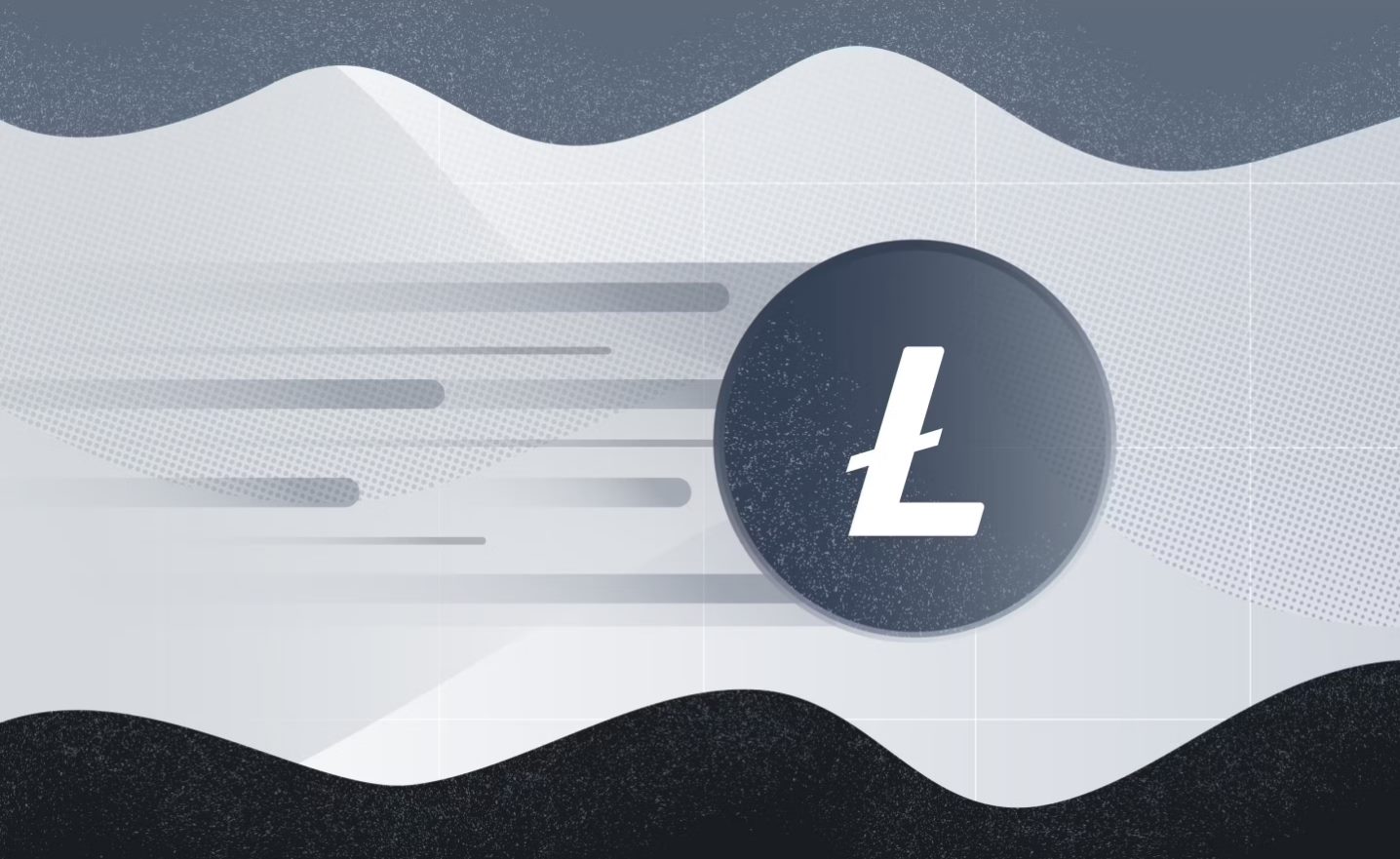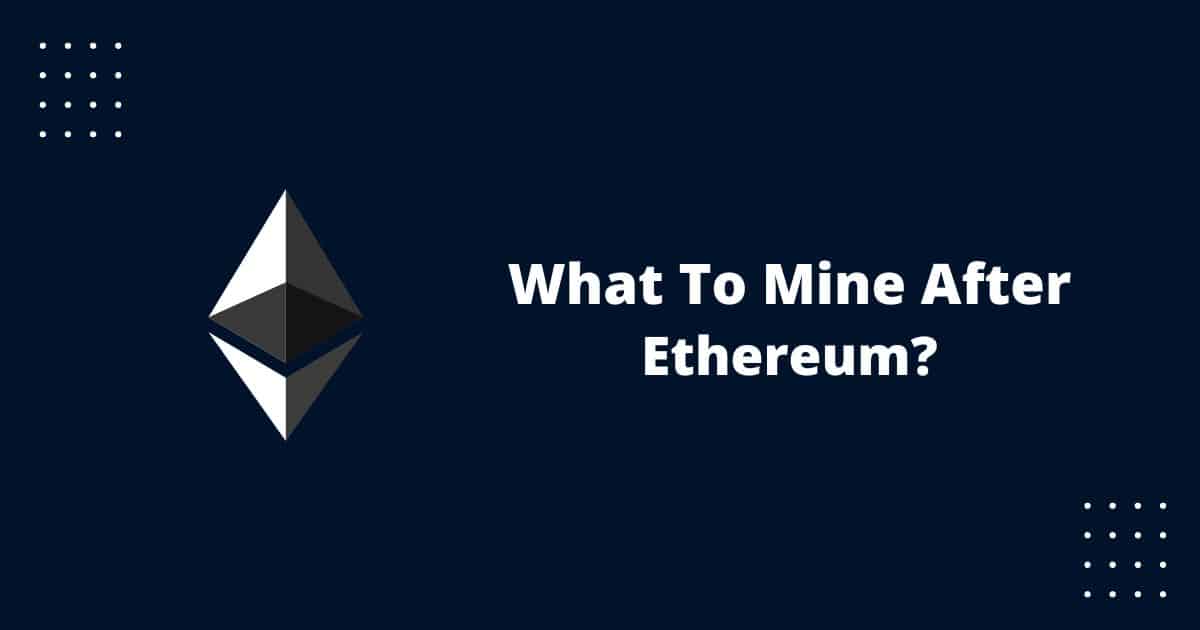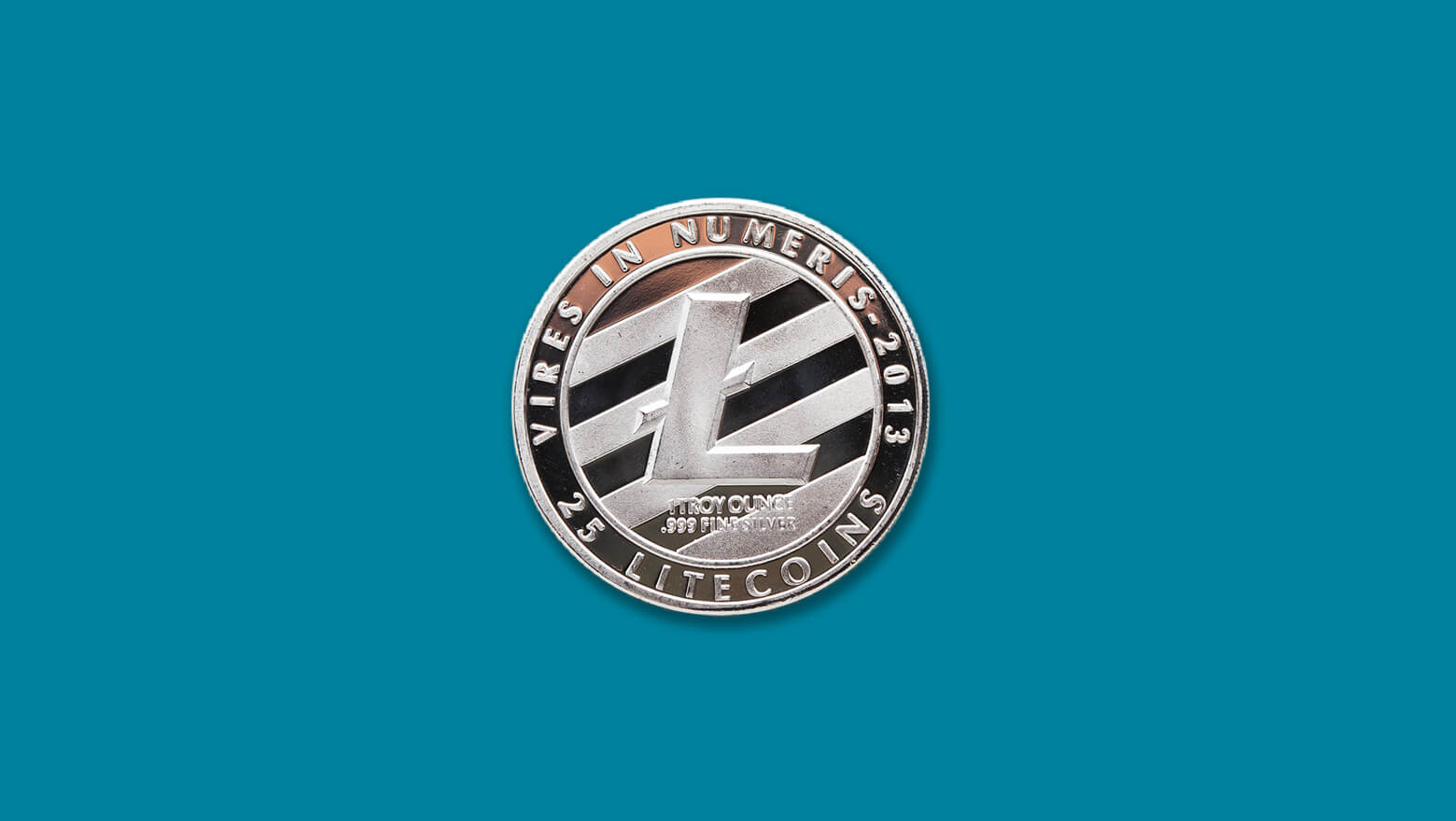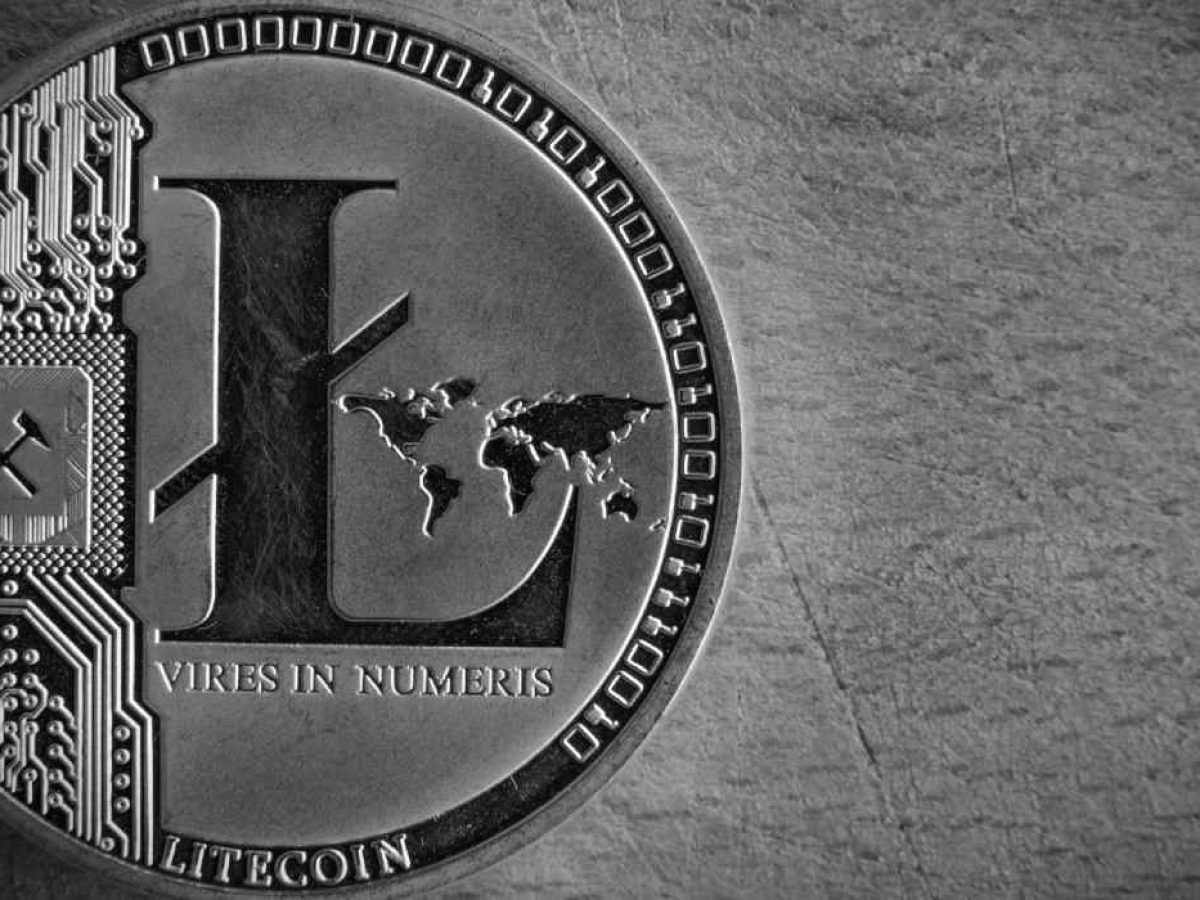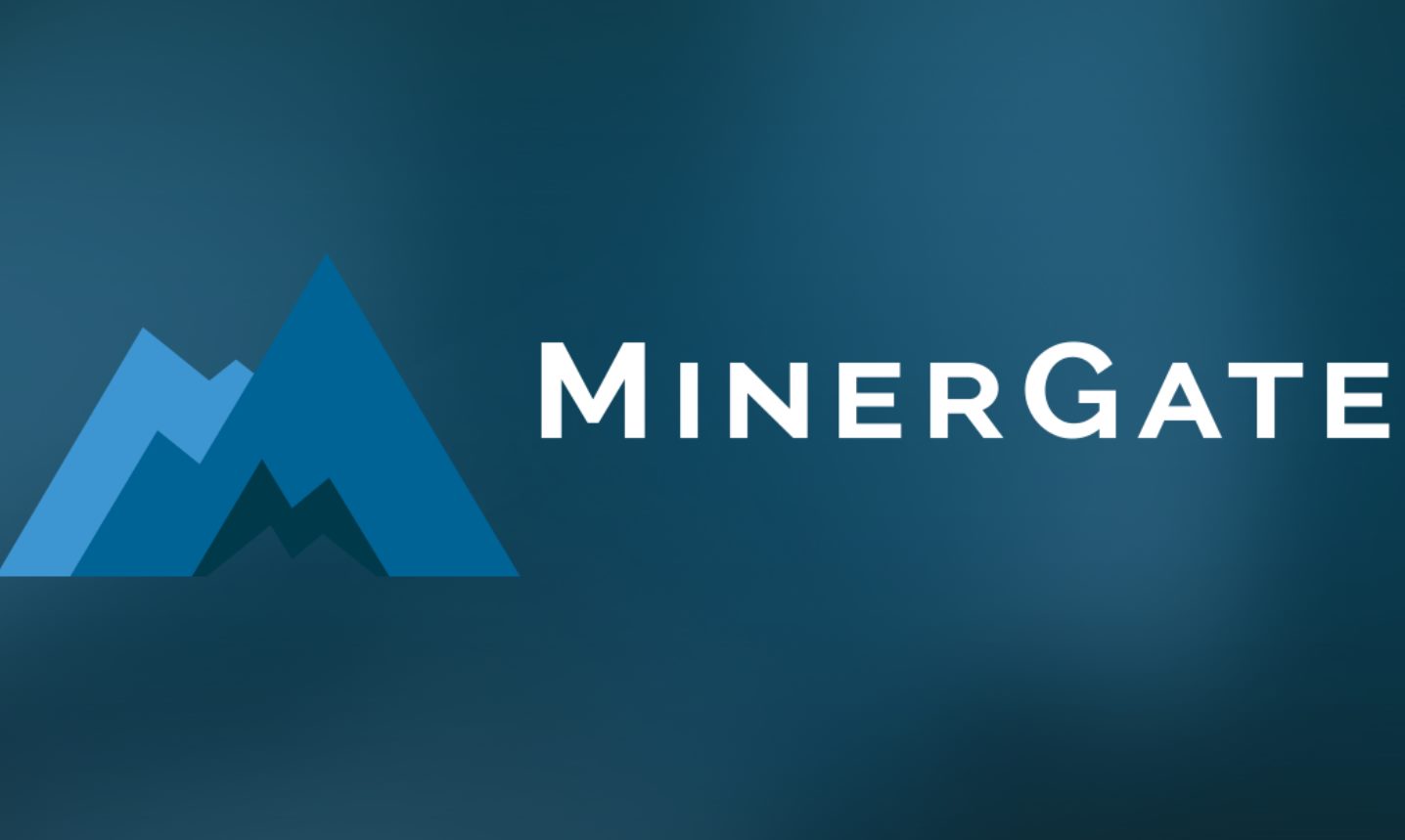Introduction
When it comes to cryptocurrencies, Bitcoin often steals the spotlight. However, there are numerous other digital currencies that have emerged over the years and gained their own popularity. One such cryptocurrency is Litecoin, which aims to be a faster and more efficient alternative to Bitcoin. In order to achieve this, Litecoin utilizes a specific algorithm known as Scrypt.
But what exactly is an algorithm, and how does it relate to cryptocurrencies? In simple terms, an algorithm is a set of instructions or rules that govern a particular process. In the context of cryptocurrencies, algorithms are used to secure transactions, create new coins, and maintain the integrity of the blockchain.
The Scrypt algorithm, which was initially created as a defense against hardware acceleration of mining, is specifically designed to be memory-intensive rather than computationally intensive. This means that Scrypt-based cryptocurrencies, such as Litecoin, require a significant amount of memory to mine, making it more accessible to a larger number of miners.
In this article, we will delve deeper into the Scrypt algorithm and explore how it works in the context of Litecoin. We will also discuss the advantages of using the Scrypt algorithm and compare it with other popular algorithms in the cryptocurrency world.
Definition of Algorithm
Before we explore the Scrypt algorithm in detail, let’s first understand what an algorithm is. In the realm of computer science, an algorithm is a step-by-step procedure or set of rules that is followed to solve a specific problem or achieve a desired outcome. It is essentially a blueprint for solving a problem, providing a clear and systematic approach.
Algorithms play a crucial role in the world of cryptocurrencies, as they are the driving force behind various processes, such as mining, transaction validation, and coin creation. These processes are essential for the functioning of cryptocurrencies and help to maintain their integrity.
When it comes to mining cryptocurrencies like Bitcoin and Litecoin, algorithms determine the computational puzzles that need to be solved in order to create new blocks and add them to the blockchain. These puzzles are designed to be both complex and time-consuming, requiring a significant amount of computational power and resources.
Algorithms ensure that each transaction within a cryptocurrency network is secure and verified by a consensus mechanism. This helps to prevent fraud and double-spending, ensuring the trustworthiness of the entire system.
In the case of the Scrypt algorithm, its main purpose is to provide a more memory-intensive approach to mining, as opposed to purely computational methods. This means that miners need to dedicate a substantial amount of memory to solve the Scrypt puzzles, which in turn helps to decentralize the mining process and make it more accessible to a wider range of individuals.
Overall, algorithms are the backbone of cryptocurrencies, governing their operations and ensuring the security and reliability of the entire system. They play a critical role in maintaining the decentralized nature of cryptocurrencies and allow for the creation of new coins through mining.
The Scrypt Algorithm
The Scrypt algorithm was specifically designed to provide a more accessible and decentralized form of mining for cryptocurrencies. It was introduced by Charlie Lee, the creator of Litecoin, in 2011 as a response to the increasing dominance of specialized mining hardware in the Bitcoin network.
The main difference between the Scrypt algorithm and other algorithms, such as Bitcoin’s SHA-256, lies in the computational requirements. While SHA-256 primarily relies on computational power, Scrypt is memory-intensive, meaning it requires a large amount of RAM to perform the mining process.
This memory-intensive nature of Scrypt mining makes it more resistant to hardware acceleration by specialized mining devices. In other words, it levels the playing field and allows for a wider range of individuals to participate in the mining process without the need for expensive and specialized equipment.
One of the key advantages of the Scrypt algorithm is its ability to offer faster transaction confirmations compared to Bitcoin. This is due to the fact that Scrypt blocks are generated every 2.5 minutes, while Bitcoin blocks are generated every 10 minutes. The faster block generation time of Scrypt-based cryptocurrencies enables quicker confirmation of transactions, providing users with a more efficient and seamless experience.
Additionally, the Scrypt algorithm incorporates a feature known as “adaptive N-factor.” This feature allows the mining difficulty of Scrypt-based cryptocurrencies, such as Litecoin, to adjust based on the available network resources. As a result, the mining process remains relatively stable and prevents large fluctuations in block generation times.
Furthermore, the Scrypt algorithm also promotes a more energy-efficient mining process. Since it relies on memory rather than pure computational power, the energy requirements for mining Scrypt-based cryptocurrencies are relatively lower. This not only reduces the environmental impact but also makes it more cost-effective for miners to participate in the network.
Overall, the Scrypt algorithm offers a more accessible and efficient approach to mining cryptocurrencies. Its memory-intensive nature, faster transaction confirmations, adaptive difficulty adjustment, and energy efficiency make it an appealing choice for those looking to participate in the world of cryptocurrency mining.
How Scrypt Works in Litecoin
In the context of Litecoin, the Scrypt algorithm is used to perform the mining process. Here’s a breakdown of how Scrypt works in the Litecoin network:
Step 1: Input Generation – In the Scrypt algorithm, the input is generated from the data of previous Litecoin transactions. This input is then combined with a random value called a nonce to create a unique input for the mining process.
Step 2: Hash Calculation – Once the input is generated, the Scrypt algorithm performs a series of mathematical computations to calculate a hash value. This hash value is a unique alphanumeric string that represents a specific block in the blockchain.
Step 3: Target Verification – After calculating the hash value, the Scrypt algorithm checks if the hash meets a specific target. This target is a predefined threshold that determines the difficulty of mining. Miners are required to find a hash value that is lower than the target to successfully mine a block.
Step 4: Nonce Adjustment – If the hash value does not meet the target, the miner adjusts the value of the nonce and recalculates the hash. This process continues until a valid hash value is found.
Step 5: Block Validation – Once a valid hash value is obtained, it is combined with other details, including the transactions and the previous block’s hash, to form a block. This block is then added to the blockchain, providing a secure and verified record of transactions.
Step 6: Reward Distribution – As a reward for successfully mining a block, miners are awarded a certain number of Litecoins. This incentivizes miners to participate in the network and secure the blockchain by validating transactions.
In the case of Litecoin, the Scrypt algorithm’s memory-intensive nature requires a substantial amount of RAM for mining. This makes it more feasible for individual miners to participate using standard computer hardware, rather than depending on specialized mining devices.
By using the Scrypt algorithm, Litecoin aims to achieve faster block generation times, efficient transaction confirmations, and a decentralized mining process. These features contribute to a more accessible and user-friendly cryptocurrency that provides a viable alternative to Bitcoin.
Advantages of the Scrypt Algorithm
The Scrypt algorithm offers several advantages that make it a popular choice for cryptocurrencies like Litecoin. Here are some key advantages of the Scrypt algorithm:
1. Accessibility: The memory-intensive nature of the Scrypt algorithm allows for a more decentralized mining process. Unlike Bitcoin’s SHA-256 algorithm, which is dominated by specialized mining hardware, Scrypt encourages participation from a wider range of individuals. This accessibility promotes a more inclusive and democratic approach to mining.
2. Faster Block Generation: The Scrypt algorithm enables faster block generation compared to Bitcoin. Litecoin, for example, generates new blocks every 2.5 minutes, which is four times faster than Bitcoin’s 10-minute block generation time. The faster blocks provide quicker transaction confirmations and a smoother user experience.
3. Adaptive N-Factor: The Scrypt algorithm incorporates the adaptive N-factor feature, which adjusts the mining difficulty based on the available network resources. This ensures a more stable mining process and prevents abrupt changes in block generation times. The adaptive difficulty adjustment aids in maintaining consistent transaction processing and network stability.
4. Energy Efficiency: Scrypt-based cryptocurrencies, including Litecoin, are known for their relatively lower energy consumption compared to Bitcoin. The memory-intensive mining process of Scrypt requires less computational power, resulting in reduced energy requirements. This energy efficiency not only reduces environmental impact but also makes mining more cost-effective for individuals.
5. Resistance to Hardware Acceleration: The Scrypt algorithm was specifically designed to resist hardware acceleration by specialized mining devices. This helps to maintain the decentralized nature of mining by ensuring that participants with standard computer hardware can still effectively mine Scrypt-based cryptocurrencies. It levels the playing field and prevents mining monopolies.
6. Increased Network Security: The Scrypt algorithm enhances network security by making it financially impractical to launch large-scale attacks. The memory-intensive nature of Scrypt mining requires a significant investment in hardware resources, which acts as a deterrent for potential attackers. This added security helps to safeguard the integrity of the network and protect user transactions.
The advantages offered by the Scrypt algorithm, including accessibility, faster block generation, adaptive difficulty adjustment, energy efficiency, resistance to hardware acceleration, and enhanced security, make it an appealing choice for cryptocurrencies aiming to provide a more efficient and user-friendly experience.
Comparison with Other Algorithms
While the Scrypt algorithm has its advantages, it’s important to compare it with other popular algorithms in the world of cryptocurrencies. Here’s a brief comparison of Scrypt with two commonly used algorithms: SHA-256 and Ethash.
SHA-256: The SHA-256 algorithm is used by Bitcoin and several other cryptocurrencies. Unlike the memory-intensive Scrypt, SHA-256 relies on computational power for mining. This means that specialized mining hardware, such as ASICs (Application-Specific Integrated Circuits), provides a significant advantage in terms of efficiency and speed. However, the centralized nature of SHA-256 mining can lead to mining monopolies, making it less accessible for individual miners.
Ethash: Ethash is the algorithm used by Ethereum and other Ethereum-based cryptocurrencies. Ethash, like Scrypt, relies on memory-intensive mining. However, it also incorporates a feature called “proof of work” that requires miners to perform a series of complex computations. This makes Ethash resistant to ASIC mining and promotes a more decentralized mining process. However, Ethash mining can be more resource-intensive and require significant computing power.
In comparison, the Scrypt algorithm offers a balance between the memory-intensive nature of Ethash and the computational power requirements of SHA-256. It provides an accessible and decentralized mining process while still ensuring efficiency and security.
Scrypt’s memory-intensive approach makes it more resistant to specialized mining hardware, promoting a wider participation of individual miners. This helps to prevent mining centralization and maintain the decentralized nature of the cryptocurrency network. Additionally, Scrypt’s adaptive difficulty adjustment ensures stable block generation and consistent transaction processing, contributing to a smoother user experience.
Furthermore, Scrypt’s faster block generation time compared to Bitcoin’s SHA-256 algorithm allows for quicker transaction confirmations, making it more suitable for retail and everyday use. It offers a faster and more efficient network, while still providing strong security measures.
Overall, the Scrypt algorithm strikes a balance between decentralization, efficiency, and security, making it an attractive choice for cryptocurrencies like Litecoin. It addresses some of the limitations of other algorithms and provides a more accessible and user-friendly mining experience.
Conclusion
The Scrypt algorithm has emerged as a powerful tool in the world of cryptocurrencies, bringing a range of advantages to the table. Through its memory-intensive approach, Scrypt promotes accessibility and decentralization in the mining process, allowing more individuals to participate without the need for specialized hardware.
Litecoin, one of the prominent cryptocurrencies that utilizes Scrypt, has capitalized on the algorithm’s benefits. With faster block generation times and efficient transaction confirmations, Litecoin offers users a seamless experience for everyday transactions.
Scrypt’s adaptive difficulty adjustment ensures a stable mining process and prevents abrupt changes in block generation times. This feature contributes to network stability and consistent transaction processing, fostering a reliable ecosystem for users.
Moreover, the energy-efficient nature of Scrypt mining reduces environmental impact and makes mining more cost-effective for individuals. The algorithm’s resistance to hardware acceleration serves as a safeguard against mining monopolies, further enhancing the decentralization of the network.
When compared to other popular algorithms like SHA-256 and Ethash, Scrypt strikes an optimal balance between memory-intensive and computationally intensive mining. It offers a more accessible and user-friendly approach while maintaining strong security measures.
Overall, the Scrypt algorithm has revolutionized the world of cryptocurrencies, providing a viable alternative to Bitcoin and other traditionally dominant cryptocurrencies. Its unique features have propelled the success of Litecoin and other Scrypt-based cryptocurrencies, making them increasingly popular among users and miners alike.
As the cryptocurrency landscape continues to evolve, the Scrypt algorithm holds great promise for the future. Its accessibility, speed, efficiency, and resistance to centralization make it a formidable contender in the digital currency arena.







